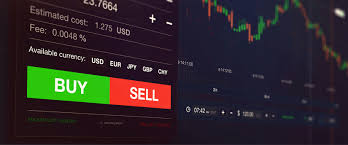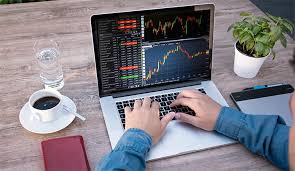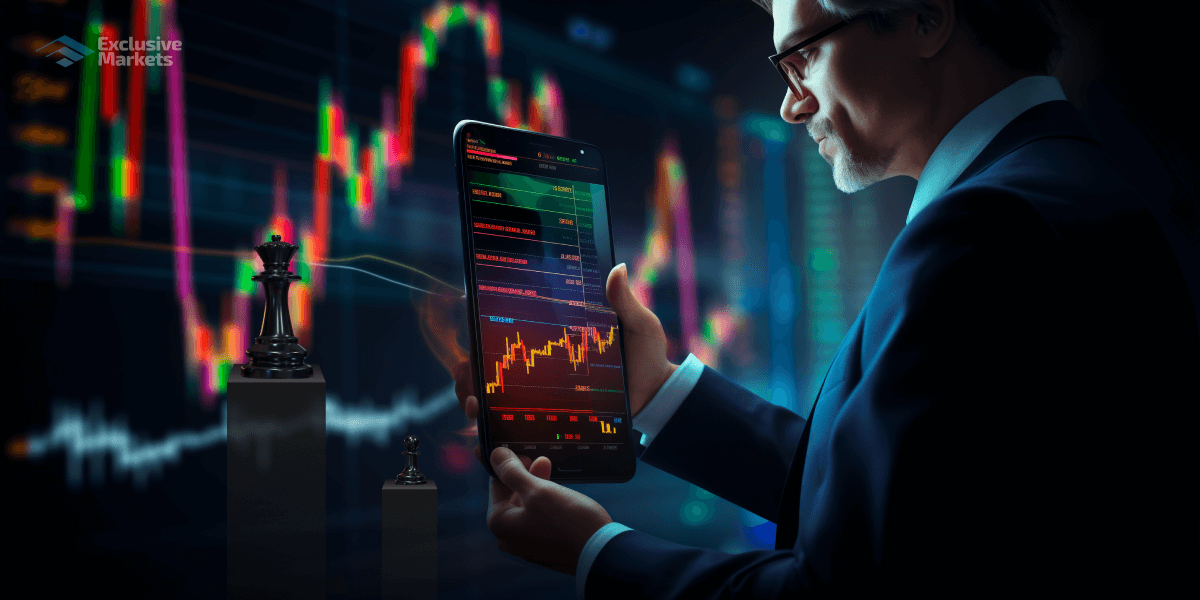
What is Forex Trading?
Forex trading, or foreign exchange trading, involves the buying and selling of currencies on the global foreign exchange market. This market is the largest and most liquid financial market in the world, with a daily trading volume exceeding $6 trillion. It operates 24 hours a day, five days a week, providing traders with endless opportunities to profit from fluctuations in currency values. The concept of forex trading can seem complex at first, but understanding its fundamental principles can empower you to participate effectively. For more resources and insights on forex trading, visit what is trading forex fx-trading-uz.com.
How Forex Trading Works
The forex market operates on a decentralized basis, meaning that there is no centralized exchange for trading currencies. Instead, transactions occur through a global network of banks, financial institutions, corporations, and individual retail traders. The primary purpose of the forex market is to facilitate international trade and investment by providing a mechanism for currency conversion.
In forex trading, currencies are traded in pairs, such as EUR/USD (Euro/US Dollar) or GBP/JPY (British Pound/Japanese Yen). Each pair has a base currency (the first one) and a quote currency (the second one). When a trader buys a currency pair, they are purchasing the base currency and selling the equivalent amount of the quote currency.
The Role of Currency Pairs and Exchange Rates
The exchange rate indicates how much of one currency you need to spend to purchase a unit of another currency. For example, if the EUR/USD exchange rate is 1.20, it means that 1 Euro is equivalent to 1.20 US Dollars. Exchange rates are influenced by a variety of factors, including economic indicators, geopolitical events, and market sentiment.

Traders look to capitalize on changes in these exchange rates by speculating whether a currency pair will rise or fall in value. For instance, if a trader believes that the Euro will strengthen against the Dollar, they would buy the EUR/USD pair. Conversely, if they believe the Euro will weaken, they would sell the pair.
Types of Forex Traders
Forex traders can be categorized into different types based on their trading styles and strategies:
- Day Traders: These traders enter and exit trades within a single trading day, aiming to profit from short-term market movements.
- Swing Traders: Swing traders hold positions for several days or weeks, looking to capture medium-term price swings.
- Position Traders: Position traders take a long-term approach, holding trades for weeks, months, or even years, based on fundamental analysis.
- Scalpers: Scalping is a trading strategy that involves making quick trades for small profits, often within seconds or minutes.
Forex Trading Strategies
Successful forex trading requires a well-thought-out strategy. Some common strategies include:
- Technical Analysis: This strategy involves analyzing price charts and using indicators to identify potential trading opportunities based on historical price movements.
- Fundamental Analysis: Traders using this approach look at economic indicators, news events, and other data to predict currency movements. Factors like interest rates, GDP growth, and employment rates can significantly impact currency values.
- Sentiment Analysis: This method involves gauging market sentiment by observing the behavior of other traders and market participants.
Risks of Forex Trading

While forex trading can be lucrative, it also carries significant risks. Some of the main risks include:
- Market Risk: Currency values can fluctuate rapidly due to economic changes, geopolitical events, and market sentiment, leading to potential losses.
- Leverage Risk: Forex trading often involves using leverage, allowing traders to control larger positions with a smaller amount of capital. While leverage can amplify profits, it can also magnify losses.
- Emotional Risk: Trading decisions driven by emotions rather than sound strategies can lead to poor decision-making and losses.
Getting Started with Forex Trading
If you’re interested in starting your forex trading journey, consider the following steps:
- Educate Yourself: Learn about the forex market, trading strategies, and risk management techniques. Many online resources and courses are available.
- Choose a Trading Platform: Select a reputable forex broker that offers a trading platform with features suitable for your trading style.
- Practice with a Demo Account: Before risking real money, practice your trading strategies on a demo account to gain experience without financial risk.
- Start Trading with Real Capital: Once you feel confident, start trading with real money, beginning with a small investment to manage risk effectively.
Conclusion
Forex trading can be an exciting and potentially rewarding venture, but it is essential to approach it with knowledge and caution. Understanding the intricacies of the forex market, developing a trading strategy, managing risks, and maintaining discipline are all crucial to achieving success. With dedication and continuous learning, you can navigate the dynamic world of forex trading and perhaps even thrive as a trader.
